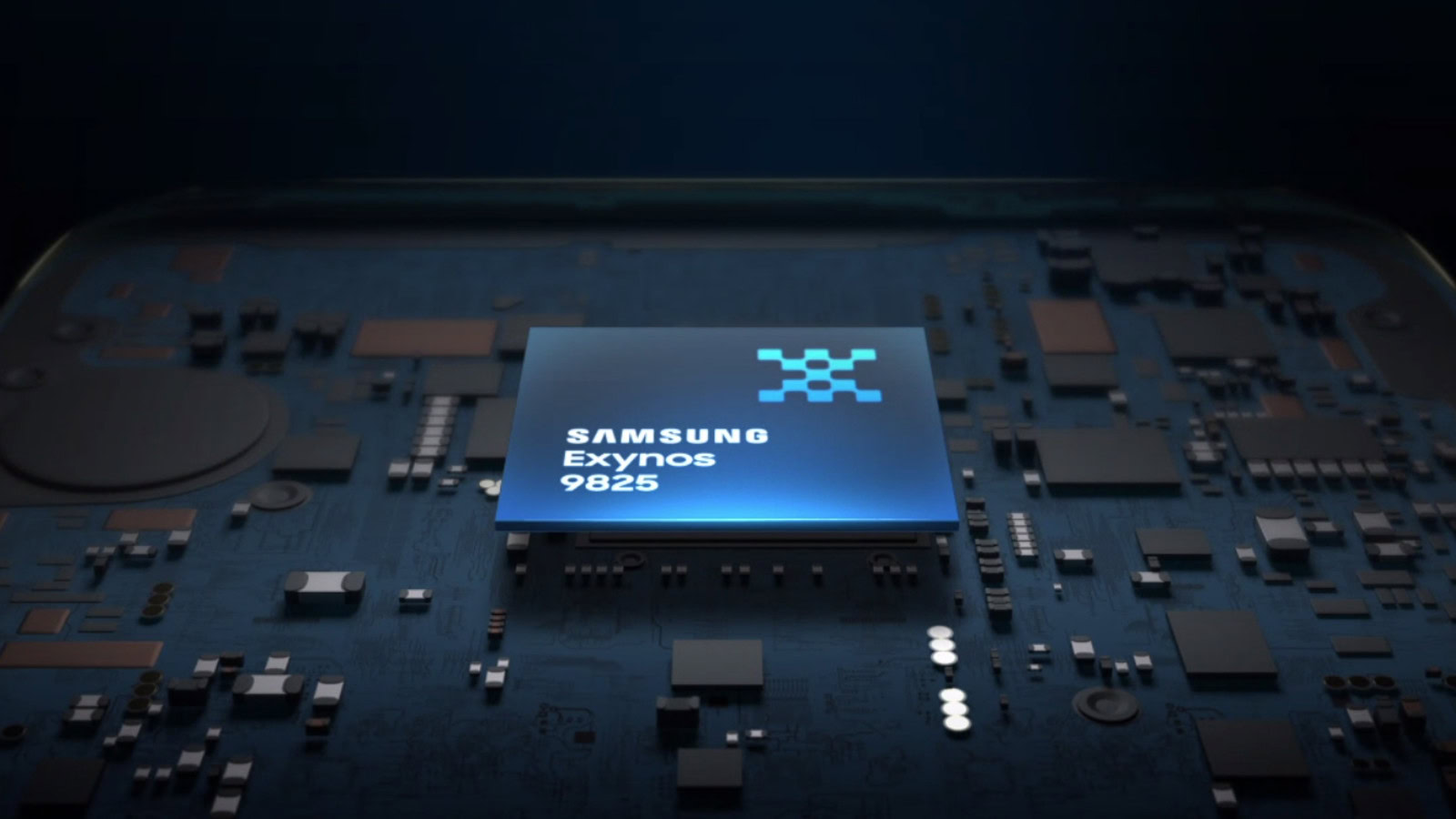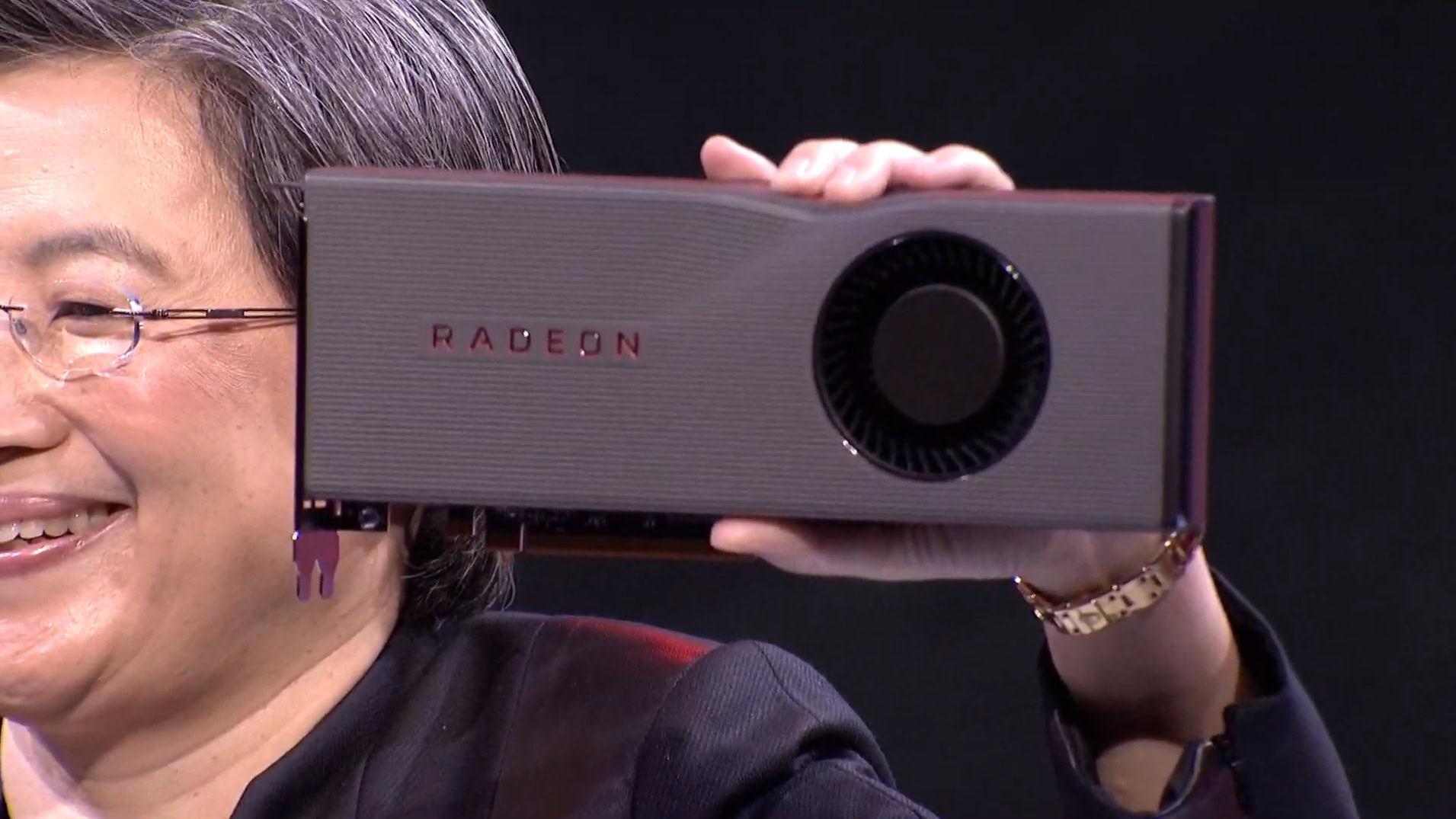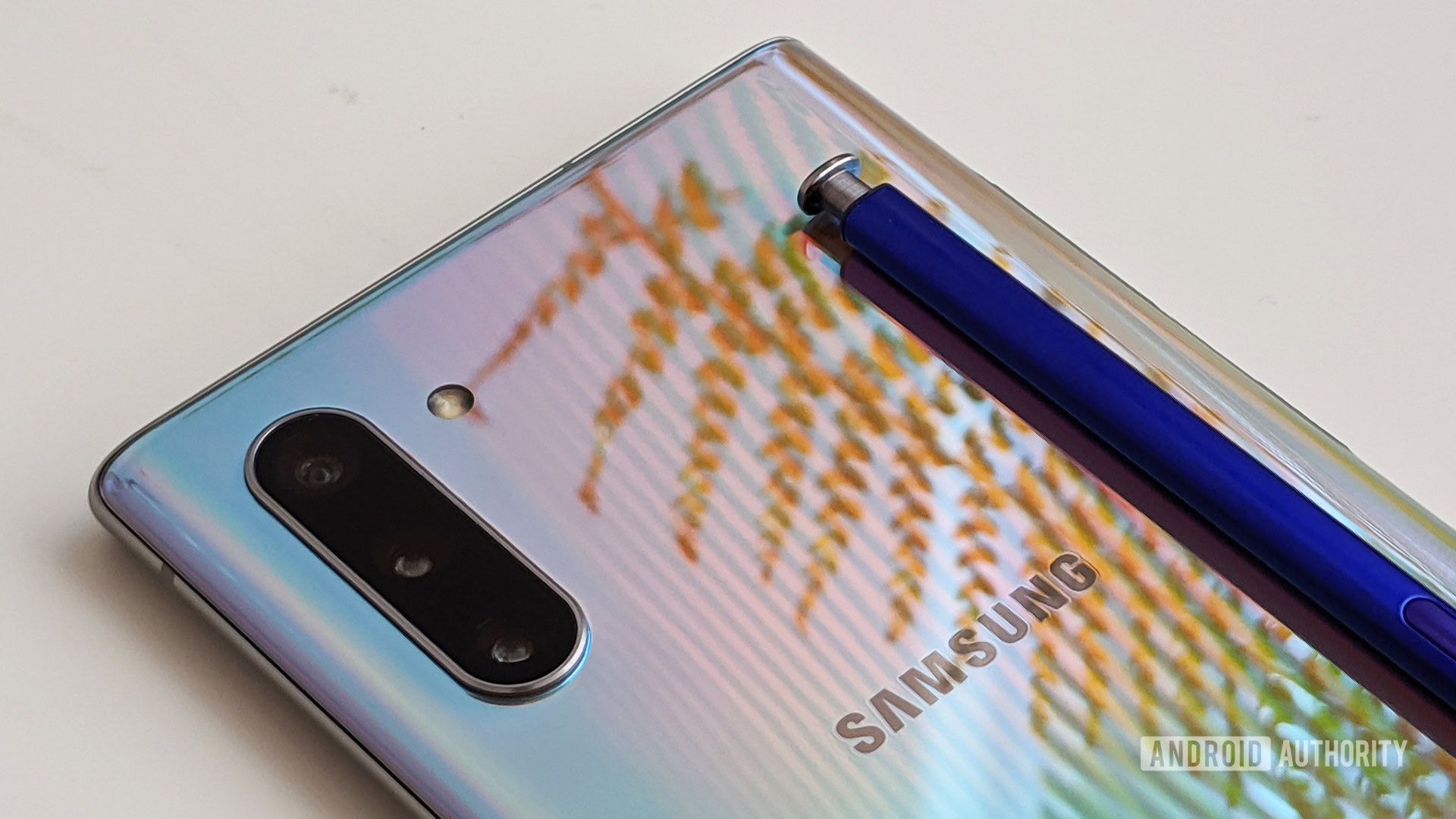Affiliate links on Android Authority may earn us a commission. Learn more.
Ditching custom CPUs is the right call for Samsung's Exynos
Published onNovember 5, 2019

News that Samsung is shutting down custom CPU core development for its Exynos smartphone SoCs is a disappointment for silicon aficionados. The mobile chip market will undoubtedly be less interesting with yet another major vendor dropping out custom designs in favor of Arm’s off-the-shelf Cortex-A IP.
Going forward, there will be less meaningful differentiation between Exynos and its rival chips, although perhaps this is a crucial factor in Samsung’s decision.
Samsung’s custom Mongoose CPU has consistently struggled with the holy grail of mobile silicon design: energy efficiency. It’s been the defining story since the M1’s inception with 2016’s Exynos 8890 in the Galaxy S7. Subsequent generations of the Mongoose core provide more CPU grunt than most of its rivals, but power efficiency and thus battery life are worse than its rivals. In this sense, the decision to abandon the project is rather overdue. It’s time for Samsung to diversify its R&D into the bigger picture of SoC development.
Why abandon Mongoose?
Samsung hasn’t provided a detailed reason for ditching its Mongoose CPUs. The adjustment sounds like part of a bigger picture assessment of business competitiveness and resource deployment. Part of Samsung’s 290-strong US-based R&D teams in Austin and San Jose are transitioning to other departments. It’s not entirely clear how far Samsung is winding down its CPU operations, but such a large restructuring suggests the Mongoose project has come to an end. Either way, you don’t have to spend a lot of time around Samsung’s development teams to understand the headaches Exynos causes for the company.
Samsung wants to avoid any suggestion that there are two tiers of Galaxy flagships.
On the couple of occasions that I’ve spoken to Samsung engineers, they’re clear to steer clear of any comparisons between Exynos and Snapdragon SoC versions of its Galaxy flagships. The PR management answers come out and discussion is quickly moved on to other areas. The reason why is obvious: Samsung doesn’t want anyone to insinuate that there’s a quality gap between regional versions of its Galaxy S or Galaxy Note flagships. If you weren’t aware, US Galaxy flagships ship with Qualcomm Snapdragon processors while global variants use Samsung’s Exynos.
Unfortunately for Samsung, this line of questioning has become more pertinent with each custom CPU core generation. Flagship Exynos chips struggle with sustainable performance, CPU efficiency, and power consumption compared to their Snapdragon rivals. And that’s before you get into the differences between graphics, modem, machine learning, imaging, and other processor-dependent capabilities. Maintaining parity across devices with two different chips simply isn’t possible with highly customized silicon.
Picking the best parts around

Furthermore, Arm has taken a lot of the complexity out of CPU design in recent years. Qualcomm is producing arguably the best results with semi-custom CPU designs from Arm (after dropping its fully custom Krait and Kryo CPUs), while HUAWEI’s HiSilicon and MediaTek produce competitive products with off-the-shelf Cortex-A parts. Apple still benefits from a fully custom design, given the control it also exerts over OS and API libraries, but the same doesn’t apply to Android manufacturers.
When it comes to standard Arm CPU cores, there are benefits on offer for heterogeneous compute through the DynamIQ cluster technology, and future Cortex-A processors are already targeting efficient laptop-class performance. Samsung has missed out on these perks with a fully custom design and may have decided that it’s time to start making use of these easier options.
There’s also the next generation ARMv9 architecture on the horizon and accompanying new big and little CPU designs. The company’s CPU design team would need major resources to get an ARMv9 CPU out at the same time as its Cortex-A based competitors. Instead, Samsung can spend its processor budget much more wisely by picking from the wide range of IP products already available.
With ARMv9 on the horizon, next-gen custom CPUs would require a substantial R&D investment
Likewise, Samsung is partnering with AMD for future Exynos graphics components rather than embarking on an expensive in-house adventure. Leveraging the expertise and technology of an existing graphics giant will, in theory, allow Exynos to sidestep issues with its existing Mali GPU performance without waiting years for a custom solution. Again, this is also far more affordable than lengthy in-house development, while still giving engineers the flexibility required to tweak and tailor their SoC.
Ultimately, off-the-shelf or semi-custom Arm CPUs and AMD GPU parts are hard to beat when it comes to development efficiency.
There’s more to Exynos than the CPU

The custom GPU team is still very active in Austin and San Jose, as are those working on machine learning silicon. Closing down the custom CPU division certainly isn’t the end of Samsung’s Exynos ambitions. In fact, it will allow Samsung to realign with prevailing trends in SoC development.
Smartphone processors are already about much more than traditional CPU and GPU capabilities. Machine learning and AI capabilities require dedicated hardware to perform efficiently while advanced image and video processing capabilities are differentiating high-end products from more affordable options.
Huawei’s Kirin SoCs were quick to embrace the need for enhanced image signal processor (ISP) and machine learning silicon, designing an in-house DaVinci architecture for the Kirin 990. Qualcomm has doubled down on this trend too, extending its digital signal processor (DSP) capabilities with dedicated machine learning vector and tensor units and its first computer vision ISP. Not forgetting the drive for integrated 5G modem capabilities, Samsung is embracing these trends too but is often a step behind its major rivals.
CPUs are old news, Exynos is now free to embrace the heterogeneous compute race
Mobile SoCs increasingly favor specialization and heterogeneous compute over raw CPU performance. With fewer R&D resources and less silicon area spent on its gargantuan Mongoose cores, Samsung is free to focus on these increasingly important aspects of its Exynos SoCs. The company appears to be working on an in-house neural processing unit (NPU) to improve voice and image processing, which, combined with a more powerful AMD GPU a little down the line, could result in a very capable mobile chipset.
The Exynos 990 and its M5 cores will likely be the final fully custom CPU design from Samsung. It’s a shame to see another design team close down, but this decision should lead to even better Exynos processors from Samsung in the not too distant future.